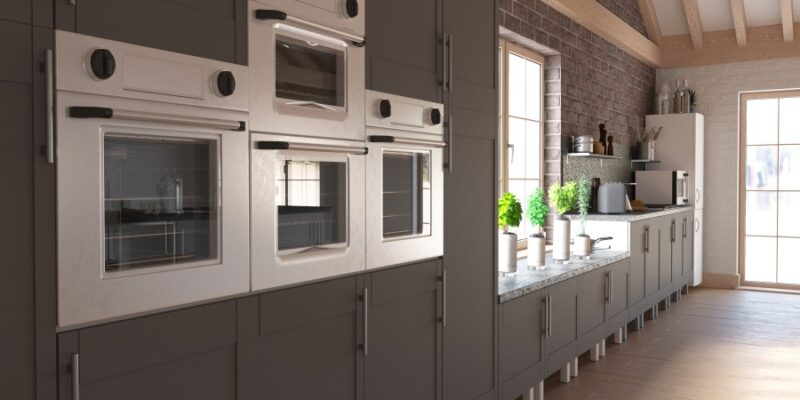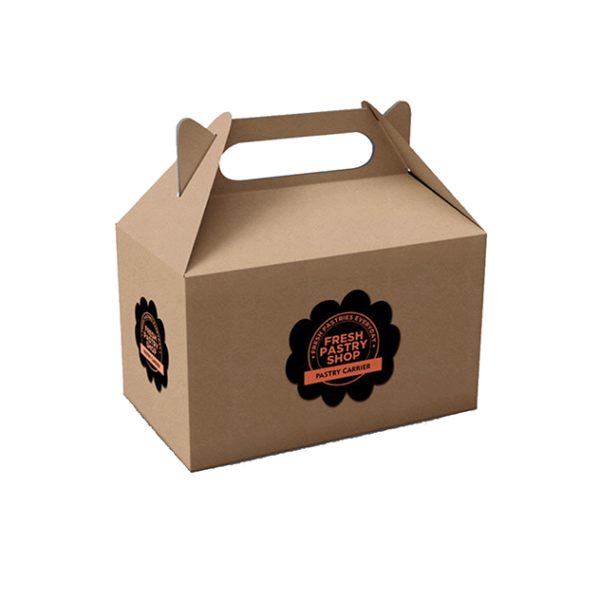
Designing and installing aluminium kitchen cabinets can transform the heart of your home into a sleek, functional space. From their durability to their modern aesthetic appeal, aluminium cabinets offer numerous advantages over traditional materials like wood or laminate. However, embarking on a kitchen renovation project requires careful planning and consideration to ensure a successful outcome. In this blog, we’ll guide you through the process of turning your kitchen cabinet concept into reality, focusing on Aluminium Kitchen Cabinets Installation and the steps involved in planning their installation.
Understanding the Benefits of Aluminium Kitchen Cabinets:
Aluminium kitchen cabinets have gained popularity for several reasons:
Durability:
Aluminium is resistant to moisture, heat, and corrosion, making it ideal for use in kitchens.
Modern Aesthetic: Sleek, clean lines and a contemporary appearance give aluminium cabinets a stylish edge.
Lightweight Yet Strong:
Aluminium is lightweight, yet its strength allows for sturdy cabinet construction.
Low Maintenance:
Unlike wood, aluminium cabinets require minimal maintenance and are easy to clean.
Assessing Your Needs and Budget:
Before diving into the installation process, assess your needs and establish a realistic budget. Consider factors such as:
Storage Requirements:
Determine how much storage space you need based on your cooking habits, kitchen size, and family size.
Aesthetic Preferences:
Decide on the style and color of your aluminium cabinets to complement your kitchen’s design theme.
Budget Constraints:
Set a budget that accounts for the cost of cabinets, installation, and any additional expenses such as countertops or hardware.
Designing Your Aluminium Kitchen Cabinets:
Designing your aluminium kitchen cabinets involves several key steps:
Measurements:
Accurately measure your kitchen space to determine the dimensions of your cabinets.
Layout:
Plan the layout of your cabinets, considering factors such as workflow, accessibility, and storage optimization.
Customization:
Explore customization options such as cabinet configurations, door styles, finishes, and accessories to tailor the design to your preferences.
Consultation:
Work with a kitchen designer or cabinet manufacturer to bring your vision to life and ensure that the design meets your functional and aesthetic requirements.
Selecting a Reliable Supplier:
Choosing the right supplier is crucial to the success of your aluminium kitchen cabinet installation project. Look for a supplier who offers:
Quality Materials:
Opt for cabinets made from high-grade aluminium that meets industry standards for strength and durability.
Customization Options:
Select a supplier who can accommodate custom designs and configurations to suit your specific needs.
Installation Services:
Consider suppliers who offer professional installation services to ensure that your cabinets are installed correctly and securely.
Warranty and Support:
Verify that the supplier provides a warranty on their products and offers ongoing support for any issues that may arise post-installation.
Preparing for Installation:
Before installation day arrives, take the following preparatory steps:
Clear the Space:
Remove existing cabinets, appliances, and any obstacles that may impede the installation process.
Utilities:
Ensure that plumbing, electrical, and gas lines are safely disconnected or rerouted as needed.
Flooring Protection:
Protect your kitchen floor from damage by laying down protective coverings such as cardboard or drop cloths.
Professional Installation Process:
Hiring experienced professionals for the installation ensures a smooth and efficient process:
Precision Measurement:
Installers will take precise measurements to ensure that the cabinets fit snugly and align perfectly.
Assembly and Mounting:
Cabinets are assembled and mounted according to the approved design plan, ensuring stability and structural integrity.
Hardware Installation:
Handles, knobs, hinges, and other hardware are installed with precision to achieve a polished finish.
Quality Assurance:
Installers conduct thorough quality checks to ensure that cabinets are installed correctly and meet quality standards.
Post-Installation Considerations:
Once the installation is complete, there are a few final considerations:
Inspection:
Inspect the cabinets carefully to ensure that they meet your expectations in terms of functionality and appearance.
Cleanup:
Dispose of packaging materials and clean up any debris left behind during the installation process.
Maintenance:
Familiarize yourself with the recommended maintenance procedures to keep your aluminium cabinets looking their best for years to come.
Conclusion:
Embarking on an aluminium kitchen cabinet installation project requires careful planning, attention to detail, and collaboration with experienced professionals. By following the steps outlined in this blog, you can turn your concept into reality and create a stylish, functional kitchen space that reflects your personal style and enhances your daily life. With durable materials, modern aesthetics, and expert installation, aluminium cabinets offer a winning combination for any kitchen renovation endeavor.











